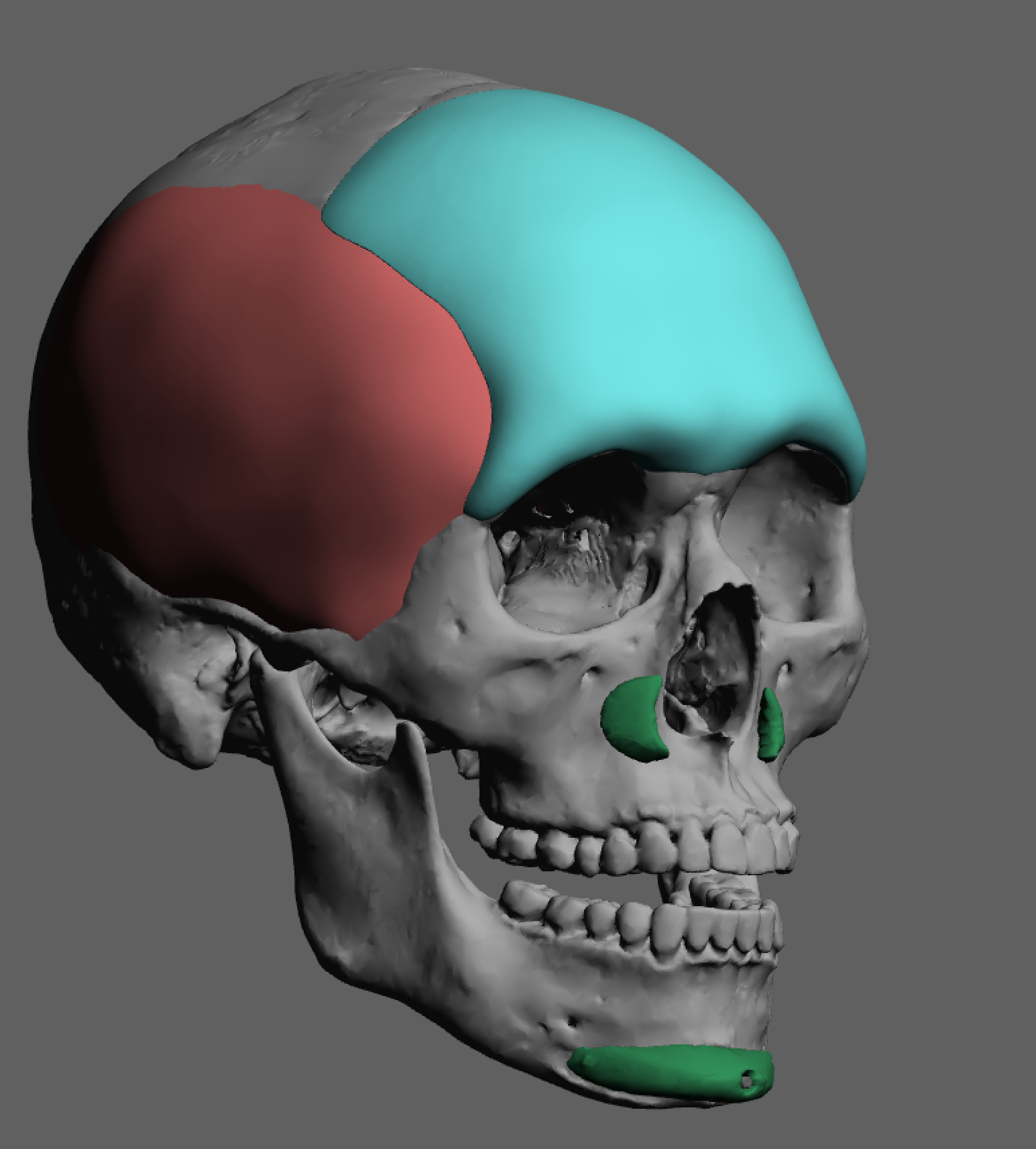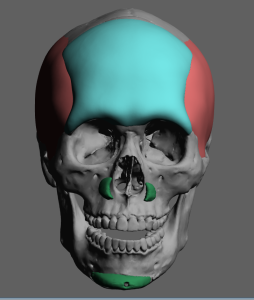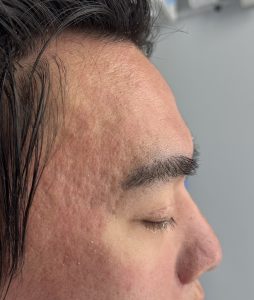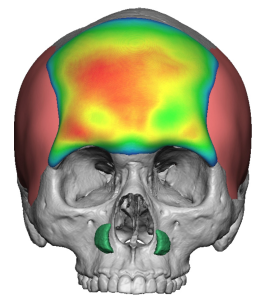Introduction
Forehead augmentation can be performed using several techniques, but a custom implant remains the most precise method for achieving controlled shape and projection across the entire upper third of the face. These implants—typically made from medical-grade silicone or PEEK—are digitally designed using a patient’s 3D CT scan. Unlike standard, off-the-shelf implants, each custom design is tailored to meet the patient’s unique aesthetic goals.
Although the process employs advanced 3D modeling software, the design is not an automated or purely scientific process. The software does not inherently “know” how to design the implant—it must be directed. The surgeon’s expertise guides this process, using both anatomical understanding and aesthetic judgment. This begins with collaborative pre-design imaging, where the patient’s photographs are analyzed to determine specific aesthetic goals. The surgeon then translates these visual outcomes into implant dimensions and contours.
Through experience, several key principles have emerged in forehead implant design. While the profile view helps establish the overall projection, it represents only a single central section of the forehead. The forehead itself is a curved, three-dimensional surface, varying in projection from side to side and from top to bottom. The design must account for these contours—tapering naturally into the skull superiorly, while enhancing projection at the lower brow ridge (especially in men). Additional considerations include whether the implant terminates at the bony temporal line or extends over the temporal fascia, and whether the goal is a rounded, convex (feminine) or broader, flatter (masculine) appearance.
Case Study
This male patient had previously undergone chin and paranasal implant augmentation to enhance the mid- and lower facial thirds. He presented seeking improved balance of the upper third through forehead augmentation with a goal of achieving moderate projection.
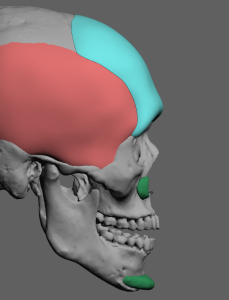

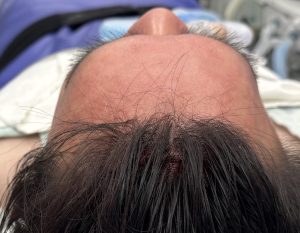
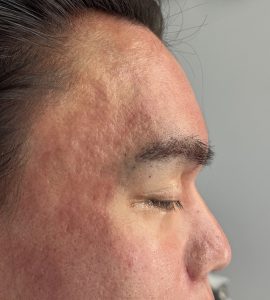
Discussion
Custom forehead implants are particularly valuable for patients seeking correction or enhancement in the following situations:
-
Forehead contour irregularities (flat, sloped, or asymmetric)
-
Facial feminization (creating a smoother, more convex contour)
-
Aesthetic augmentation for improved harmony with the nose, eyes, and chin
-
Reconstruction after trauma or prior surgery
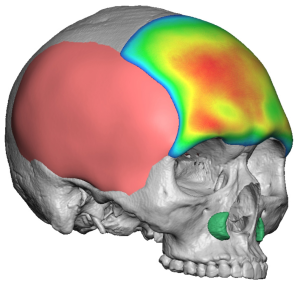
A critical lesson from extensive clinical experience is that, due to its visibility and broad surface, the forehead is prone to overcorrection. In aesthetic forehead augmentation, less is often better than more to ensure a natural outcome.
Key Points
-
Custom forehead implant design blends art and science, with limited formalized guidelines for shaping the complex upper third of the face.
-
Many custom forehead implant patients have previously undergone other facial structural augmentations or surgeries.
-
For male patients, implant designs typically aim for a broader, flatter contour to complement masculine facial proportions.
Barry Eppley, MD, DMD
World-Renowned Plastic Surgeon

